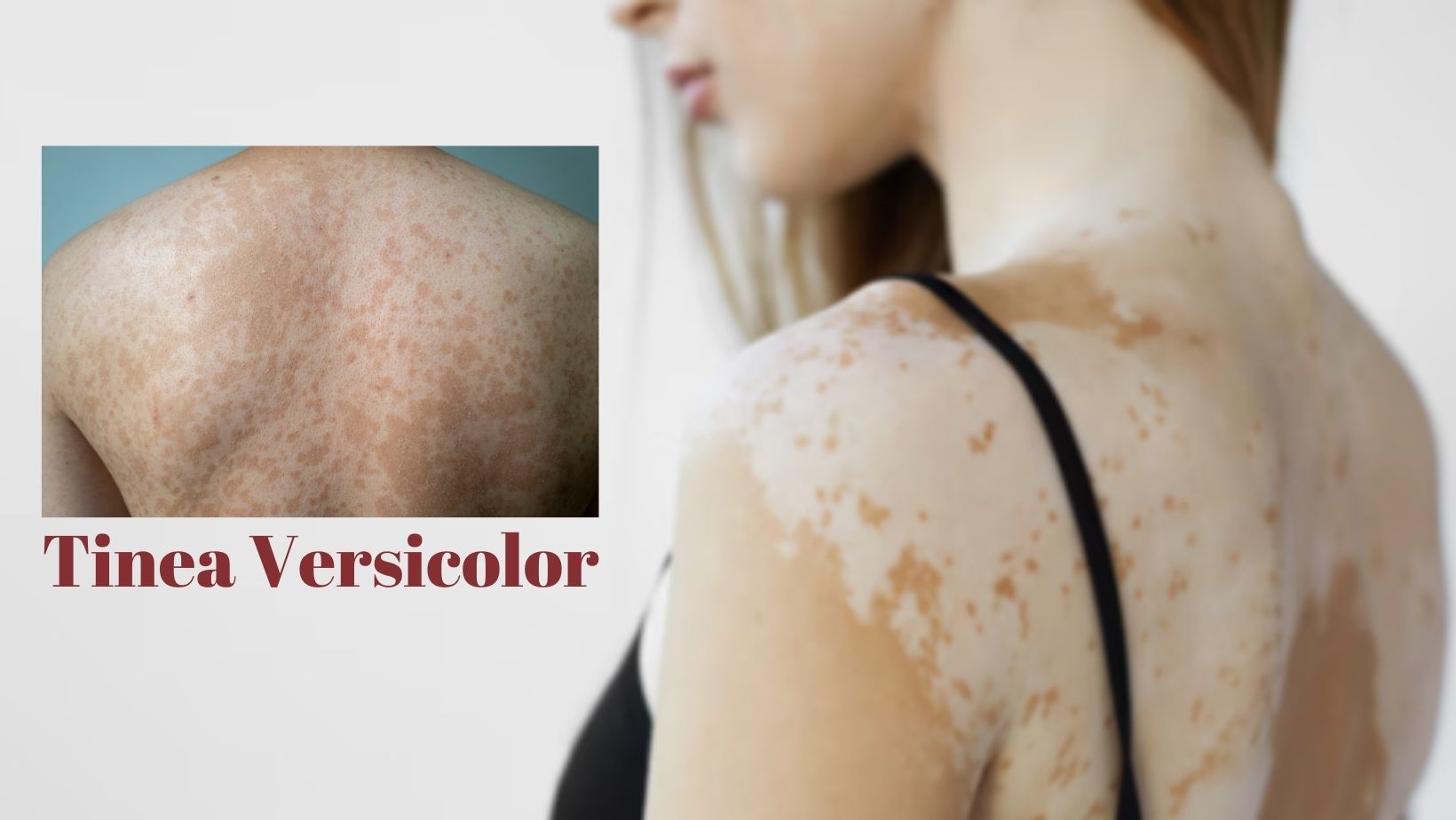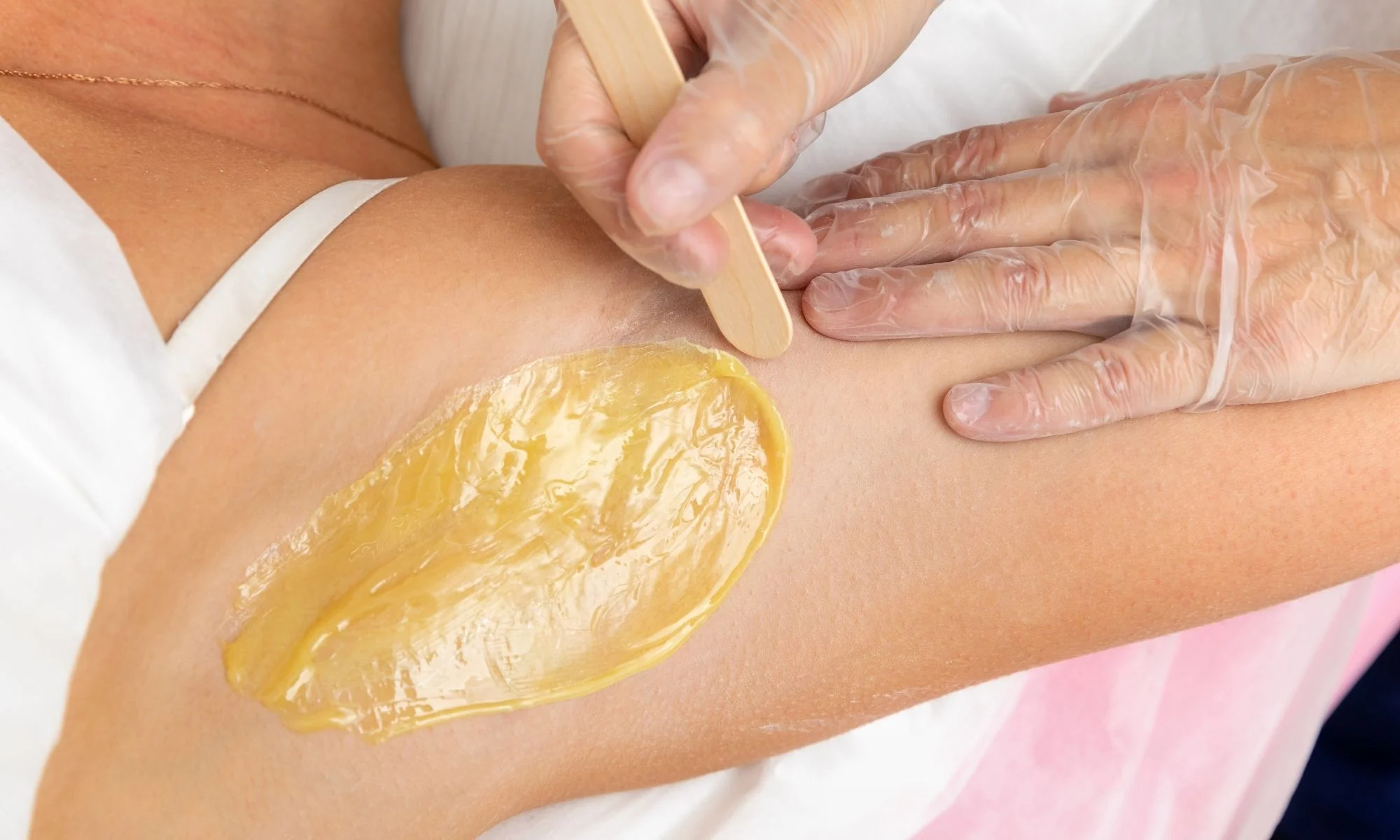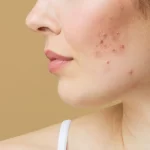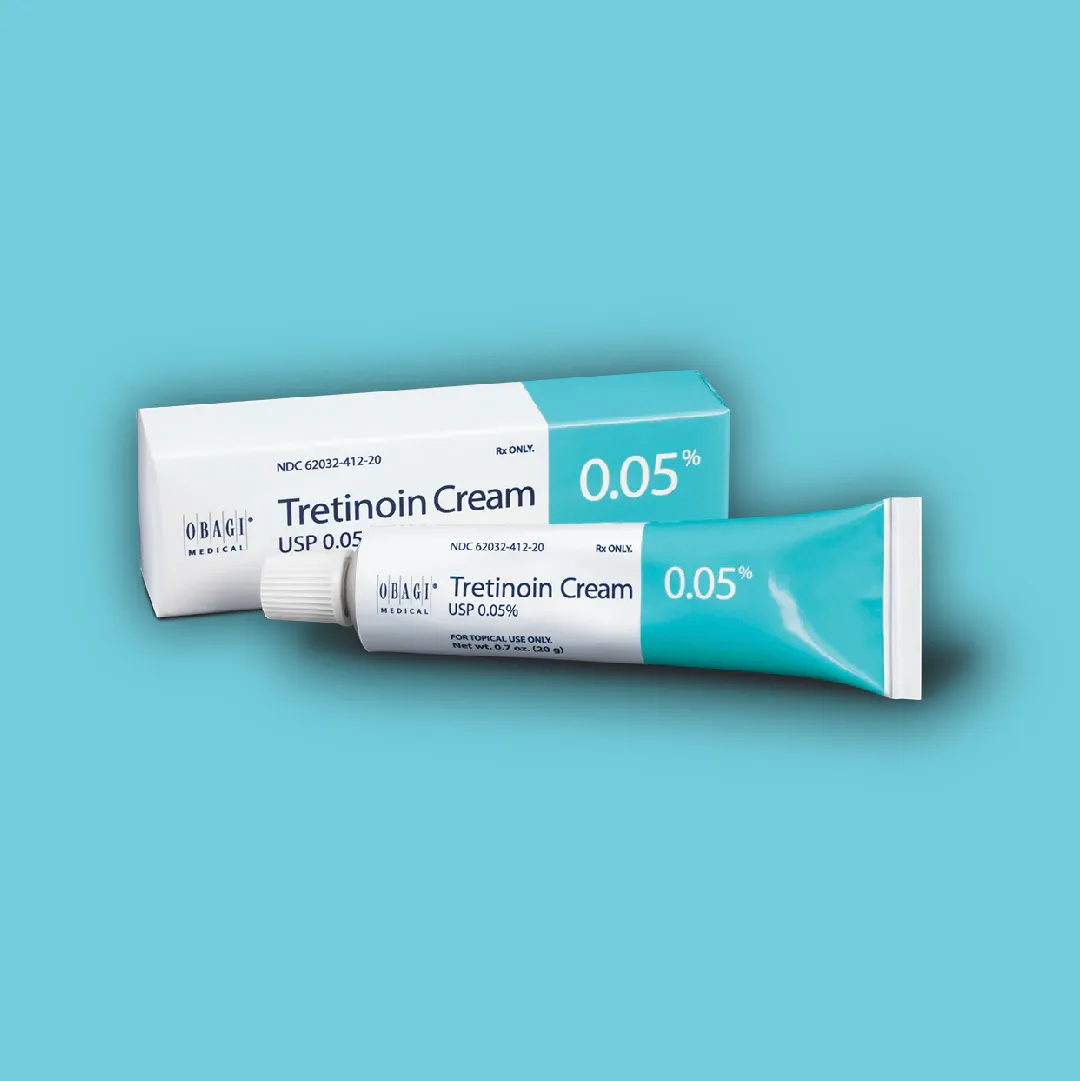When you hear the word “tinea,” your mind likely jumps to fungal infections of the head, body, and foot. In the world of dermatology, we call these tinea capitis, tinea corporis, and tinea pedis, respectively. However, not all tinea comes from the same type of fungus! The tinea we just mentioned are known as “dermatophytes,” a specific grouping of the many different types of fungi that cause infections in humans. Tinea versicolor, on the other hand, is caused by the fungus Malassezia. This fungus is not in the dermatophyte family, so don’t let the name fool you. Read on to find out what else makes this fungus different!
Tinea versicolor, often referred to as pityriasis versicolor, is a common, benign, noncontagious, superficial fungal infection that most often affects the trunk. Other prominent areas of infection are the upper arms, neck, and upper legs. Any individual can be infected, but young adults are most often infected. There is also a slightly increased risk in men compared to women.
Tinea Versicolor Presentation
The reason this infection is now referred to as pityriasis versicolor is due to the way it looks. Pityriasis means flaking or scaling of the skin. The word itself is derived from the Greek word bran, as the scale can look similar to this grain. The “versicolor” part of the name is because this infection can be multicolored, either hypopigmented or hyperpigmented. Therefore, the best way to remember the morphology of this infection is by breaking down the name: hypopigmented or hyperpigmented finely scaly macules. These lesions tend to be well-demarcated, oval shaped, and numerous in quantity. Interestingly, patients may not realize they have this infection until they get a tan or sunburn. This causes the infected areas of skin to remain the same color as the tan darkens the surrounding skin, causing an obvious contrast. Don’t try to use this as an excuse at your next dermatology visit when the doctor tells you that you are getting too much sun!
Like other superficial fungal infections, Malassezia loves warm, moist climates. This is why some patients see their infection clear in the winter and come back in the summer. Believe it or not, you have this fungus on your skin at this very moment! It is a part of our healthy skin flora. It can lead to pityriasis versicolor when the fungus changes into its pathogenic form. A variety of factors contribute to this evolution, including: genetic predisposition, environmental temperature, humidity, immunodeficiency, pregnancy, oily skin, and the use of oily products like lotions and creams. These last two points are because the fungus prefers lipid-rich environments, which these oily products promote.
How do you know if you have Tinea Versicolor
The diagnosis is often made clinically, due to the characteristic presentation and because this is a commonly encountered issue. However, no skin condition looks the same in everybody and so more information may be needed. In cases that are not cut and dry, your dermatologist may use ultraviolet light in the form of a Wood’s light, to better view the lesions. This light will cause a coppery-orange fluorescence of the infected skin. This is not a perfect rule, as occasionally the lesions may actually appear darker than the unaffected skin and fail to fluoresce. Another option is a KOH preparation. Skin shavings from the lesions are taken, soaked in potassium hydroxide (KOH), and viewed under a microscope. The dermatologist will look to confirm the diagnosis by identifying the classic “spaghetti and meatballs” appearance of Malassezia. More invasive tests like skin biopsies are rarely needed but are an option for more severe cases.
Treatment Options for Tinea Versicolor
Tinea Versicolor is highly treatable, offering a choice between over-the-counter (OTC) remedies and prescription-strength solutions. Whether you’re aiming for clearer, healthier skin, the good news is that this common fungal skin infection doesn’t lead to permanent scarring or pigmentary changes. Although hypopigmentation or hyperpigmentation may take time to resolve, it will fade over time.
Over-the-Counter (OTC) Options
1. Selenium Sulfide Shampoo (e.g., Selsun Blue)
Selenium sulfide shampoo is a potent OTC choice for mild Tinea Versicolor cases. To use it effectively, apply the shampoo from the jawline down, covering all affected areas. Let it sit for approximately 15 minutes to allow the medication to work, then rinse it off during your shower. Be sure to follow the manufacturer’s instructions, which typically involve daily application for one week, followed by weekly use for one month.
2. Azole Creams and Shampoos (OTC)
Azole-based creams and shampoos are readily available without a prescription and can help combat the fungus responsible for Tinea Versicolor. Apply these products as directed on the label to the affected areas for the specified duration. OTC options are suitable for mild infections.
Prescription Options
In cases where Tinea Versicolor is more severe or doesn’t respond well to OTC treatments, prescription-strength oral antifungals become necessary. Two preferred choices among healthcare providers are Itraconazole and Fluconazole, known for their effectiveness. It’s important to note that while oral ketoconazole is effective, it carries an increased risk of hepatotoxicity and is used less frequently today.
An intriguing phenomenon associated with Itraconazole and Fluconazole is that physical activity, such as sweating during exercise, can help distribute the active ingredients onto the skin’s surface, enhancing treatment outcomes. So, if you’re prescribed these medications, staying active can aid in your recovery.
Topical Options
Topical treatments are another approach to managing Tinea Versicolor, particularly suitable for mild infections. These options include:
- Selenium sulfide shampoo, like Selsun Blue
- Azole creams
- Azole shampoos
- Ciclopirox
- Terbinafine gel
Apply these topicals from the jawline down, covering all affected areas. Allow a contact time of 15 minutes, then rinse off in the shower. Follow your doctor’s instructions, which typically involve daily use for one week and then weekly application for one month.
Tinea Versicolor, with its characteristic multicolored, finely scaly macules, may have disrupted your life temporarily, but with the right treatment, it doesn’t have to be a long-term concern. Whether you opt for over-the-counter remedies or require prescription-strength solutions, the good news is that Tinea Versicolor is highly treatable.
By understanding the various treatment options available, you’re taking the first step toward clearer, healthier skin. Remember to consult with your healthcare provider to determine the most suitable approach for your specific condition. They can help you navigate the choices and guide you toward a Tinea Versicolor-free life.
While dealing with this common fungal skin infection can be frustrating, rest assured that it doesn’t lead to permanent scarring or pigmentary changes. Any hypopigmentation or hyperpigmentation may take time to resolve, but it will fade over time. With the right treatment and a little patience, you’ll soon be on your way to enjoying a skin condition-free life once more. So, embrace the journey towards healthier skin and bid farewell to Tinea Versicolor’s unwelcome presence.








